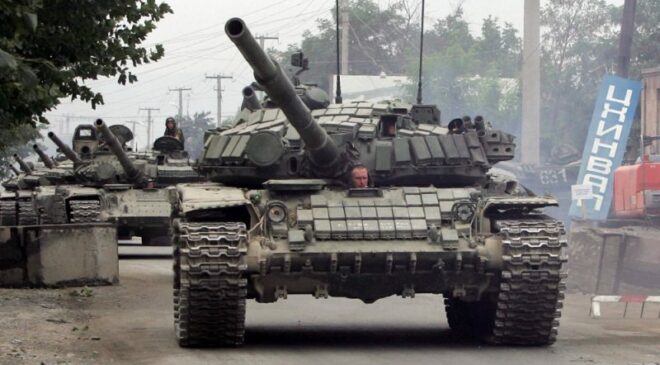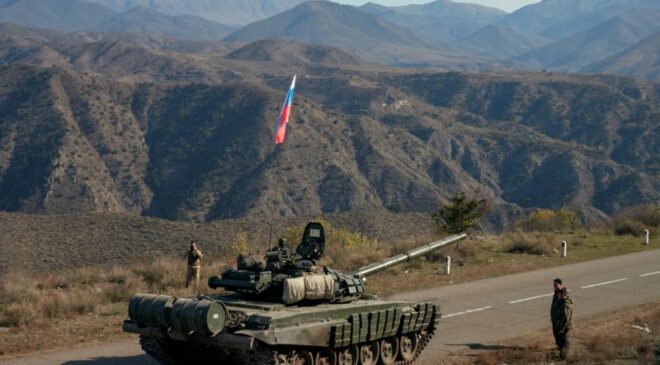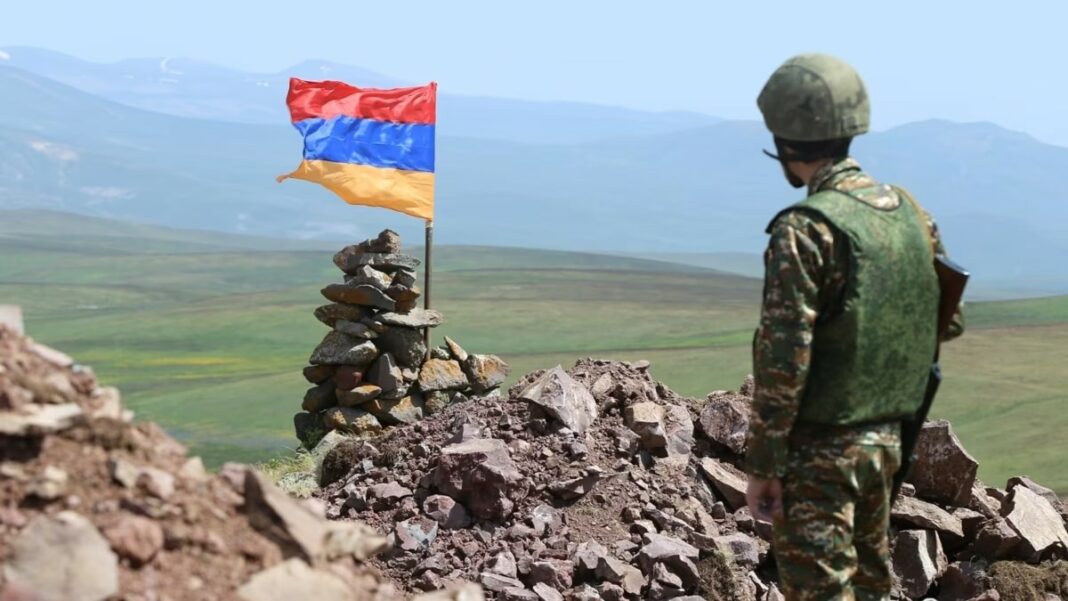In this section:
In 1992, Armenia, along with six other former Soviet republics, including Russia, participated in the creation of the Collective Security Treaty Organization, or CSTO.
Shortly after, Azerbaijan joined the alliance which assumes, like NATO, that an aggression against one of its members must be considered an aggression against each of its members, even though the country was in conflict with Armenia in Nagorno-Karabakh. This accession was followed, in 1993, by that of Georgia.
Historical summary of the organization of the collective security treaty, or OTSC
Centered around Russia, the CSTO then constituted an effective control body for Moscow in order to keep the former Soviet republics in its sphere of influence, in particular through the deployment of Russian troops in these different countries.
The edifice began to crumble in 1999 with the creation of GUAM, an economic and political cooperation organization which brought together Ukraine, Moldova, as well as two defectors from the OTSC, Georgia and Azerbaijan, but destitute military alliance. Uzbekistan, for its part, evolved between these two organizations until 2012, before following an independent trajectory.

Moscow made Georgia, Ukraine and Moldova pay dearly for refusing to align, and for their shift towards Europe and NATO. First, in 1992, by militarily supporting the Transnistrian separatist movement against Moldova, during the Dniester War, leading to the permanent deployment of Russian forces in this secessionist territory following the 1992 ceasefire.
In 2008, the Russian armies launched a vast military operation against Georgia, after having, through multiple provocations, led Tbilisi to launch a response operation in South Ossetia.
At the end of a 5-day operation, Georgia was forced to accept the conditions imposed by Russia for a ceasefire, agreeing to give expanded independence to the Oblasts of South Ossetia and Abkhazia. majority Russian-speaking.
Finally, in 2014, the Russian Armies launched, on the sidelines of the Maidan events which led to the departure of pro-Russian President Yanukovych, a military operation leading to the capture of Crimea, then, in 2015, to the outbreak of the Donbass war. which lasted until February 2022, and the launch of the Russian military special operation against the whole of Ukraine.
The Nagorno-Karabakh wars
Azerbaijan, which is the only former Soviet Republic belonging to GUAM and not to the CSTO, not to have suffered Russian aggression, launched an offensive in 2020 against Nagorno-Karabakh, a historic Armenian territory captured by Yerevan during the first Nagorno-Karabakh war from 1988 to 1994.

In a few days, the Azeri Army, supported by Turkey and armed by Israeli industry, crushed the Armenian defenses, leading to a new regional partition. Although a member of the CSTO, Armenia did not obtain assistance in this conflict from any member country of the alliance, Moscow judging that it was only a territorial dispute, and that the Nagorno-Karabakh was not, strictly speaking, Armenian territory.

The rest of this article is for subscribers only
The Classic subscriptions provide access to
all articles without advertising, starting at € 1,99.
Newsletter subscription
Register for the Meta-Defense Newsletter to receive the
latest fashion articles daily or weekly


[…] In 1992, Armenia participated, alongside six other former Soviet republics, including Russia, in the creation of the Treaty Organization […]